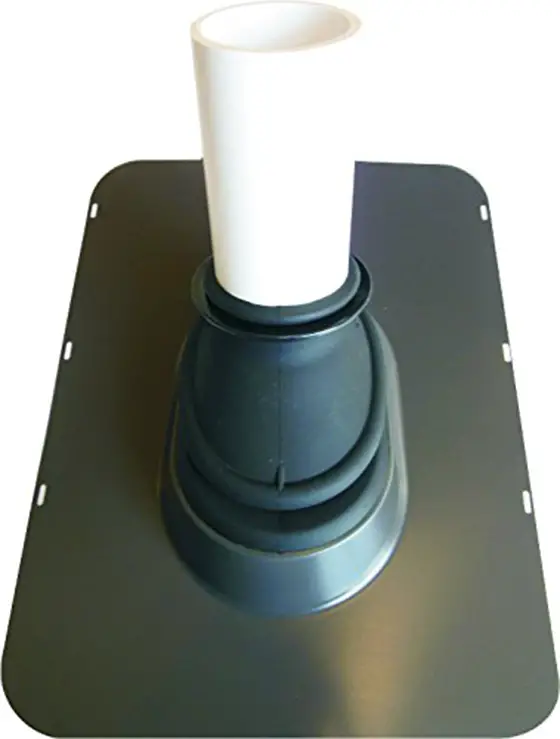Roof Flashing Leaks
Roof Flashing Leaks
DEAR TIM: My house was recently reshingled. However, leaks are present near a chimney and where a lower roof meets a second story wall. I was able to get up on the roof and look around. The metal work around the chimney and along the wall was not replaced. It is old and rusty. However, I discovered fresh silicone caulk in and around this metal work. Was the caulk installed incorrectly? J. W.
DEAR J. W.: YES! The caulk was installed incorrectly. It should have never been used in the first place! Caulk is not a substitute for roof metal work or flashings.
Roofing shingles are a fantastic product. Many of them are easy to install so as to create a leak proof covering in normal weather conditions. When installed properly, they shed water just as the feathers on the back of a duck. This system works great as long as you have nothing sticking through your roof.
However, almost every roof has something sticking through it. Chimneys, plumbing vent stacks, skylights, roof vents, exhaust fans, walls, etc. are examples. Whenever objects like these penetrate a roof surface, you must install metal flashings along with the shingles to create a leak proof situation. This technology has been in use for hundreds of years. It is time tested.
These flashings are almost always two part systems. They are called different things in different parts of the country. In most instances, the system consists of a base or step flashing which can be 'laced' into each shingle layer and a counter flashing which covers the base or step flashing. The flashings can be made from tin coated steel (terne), galvanized steel, copper, lead, or any other metal which can be easily soldered, brazed, or welded.
CLICK HERE to get FREE & FAST BIDS from local roofers who can repair your leaky flashings.
There are several reasons why these flashings need to be a two part system. One of the reasons has to do with your question. Roofs, as well as houses, have a great tendency to expand and contract due to seasonal moisture differences and temperature differences. However, the things that stick through roofs do not always expand or contract at the same rate. Some thing barely move at all (chimneys).
This expansion and contraction must be allowed to occur without creating the potential for a roof leak. The two part flashing system allows this to happen. The one part of the system moves with the roof and framing, while the other part of the flashing stays attached to the chimney, side wall, skylight, or other part which is stationary or moving at a different rate.
The caulk, which was used in an attempt to seal the rusted flashing, does not have the ability to handle the movements which occur on a regular basis. More often than not, the caulk will not be able to bridge the cracks that develop.
Avoid repairing roof leaks yourself! Find a professional using my Roofing Replacement / Repair Checklist. I offer a 100% Money Back Guarantee.
Remember how I mentioned that the technology has been around for hundreds of years? Professional roofers have never depended upon caulk in the past. They instead solder or braze the joints in their metal work. This method attaches the metal together so it acts as one piece.
Caulk, on the other hand, relies strictly on its ability to stick to something. If that 'something' is dirty, oily, dusty, rusty, or expands and contracts a great deal the caulk may have trouble holding on. You can depend on solder.
Call your roofer back and have new flashings installed that are soldered.
CLICK HERE to get FREE & FAST BIDS from local roofers who can repair your leaky flashings.
Column 025

